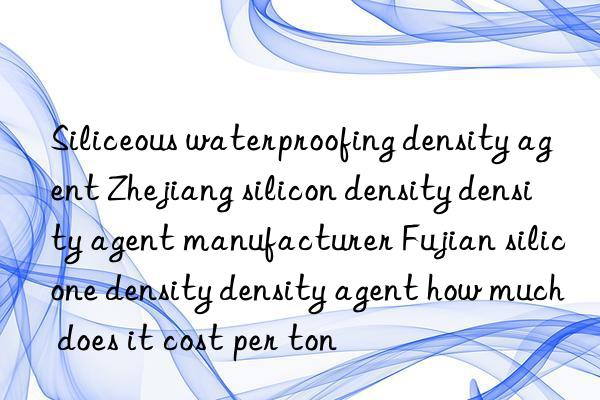
Silicone waterproof compactor originated in the United States in 1899, invented by the famous American chemist Hall, and named KELO. It was used in American underground military bunkers during World War II to resist cracking, seepage, and moisture. It has been proven in use for more than 100 years. The cumulative construction area of KOLO waterproofing in 148 countries around the world reaches 9.8 billion square meters. It is widely used in world-famous projects such as the U.S. Navy Museum, Aachen Cathedral in Germany, Berlin Olympic Stadium in Germany, Korean Stadium, London Heathrow Airport, and Havana Breakwater in Cuba.
1. Brand introduction
Silicone waterproof densifier is today’s new green and environmentally friendly material , was first used for waterproofing and moisture-proofing in underground military bunkers in the United States during World War II. By being incorporated into the concrete, the impermeability level is as high as P12, which solves cracking caused by excessive hydration heat of concrete. It does not block the pump or segregate, and has good construction performance. It is widely used in world-famous projects such as the U.S. Navy Museum, Aachen Cathedral in Germany, Berlin Olympic Stadium in Germany, Korean Stadium, London Heathrow Airport, and Havana Breakwater in Cuba. Koro's inorganic nano anti-cracking and anti-seepage agent contains a proprietary aluminum-calcium inhibitor, which can selectively inhibit the early rapid hydration of C3A, which can significantly reduce the early hydration heat of cement, reduce the early maximum hydration heat peak, and alleviate the The temperature difference between the inside and outside of the concrete structure makes the temperature inside and outside the concrete almost the same. Temperature cracks and shrinkage cracks are avoided or reduced. At the same time, C2S and C3S can be fully hydrated. It can increase the ultimate tensile value of concrete by 120%. Domestic research and development and application of this material have also begun in recent years
2. Scope of application
1. Waterproofing projects for underground facilities, roofs, exterior walls, bathrooms and kitchens in industrial and civil buildings
2. Urban comprehensive pipe corridors in municipal public projects, Waterproofing projects such as tap water and sewage treatment
3. Waterproofing projects such as dams and underground construction facilities in water conservancy and hydropower projects
4. Military industry, nuclear power and coal mines, salt lakes and other downstream projects, sprayed concrete waterproofing and anti-corrosion
3. Product introduction
Concrete with siliceous density agent can reduce the amount of high-efficiency water reducing agent by 0.2%, the compressive strength can be increased by 10% in 7 days, and the compressive strength in 28 days can be increased by 13%. It can improve the collapse retention and workability of pumped concrete mixtures. Improve the performance of the concrete mixture, increase the viscosity of the mixture, and make the concrete have better fluidity and water retention. Under the condition that the amount of water-reducing agent remains unchanged, the water consumption of concrete can be reduced by 2-3KG/m3. Significantly reduces the excessive temperature rise inside the concrete. The compressive strength of the concrete mixed with Colo anti-cracking and permeability reducer decreased slightly in the first 2 days, and the split tensile strength and axial tensile strength increased compared with the benchmark concrete. The elastic modulus and drying shrinkage decreased to varying degrees compared with the benchmark concrete. This shows that Colo's anti-cracking and permeability reducing agent can improve the toughness of concrete and at the same time compensate for the drying shrinkage of concrete, helping to improve the anti-cracking performance of concrete. Improve the crack resistance and so on. It can also improve the compactness, durability, workability, tensile strength and ultimate tensile value of concrete. Optimize the cement hydration process and structure, thereby comprehensively improving concrete compactness, early tensile strength and ultimate tensile value. </p



 微信扫一扫打赏
微信扫一扫打赏
